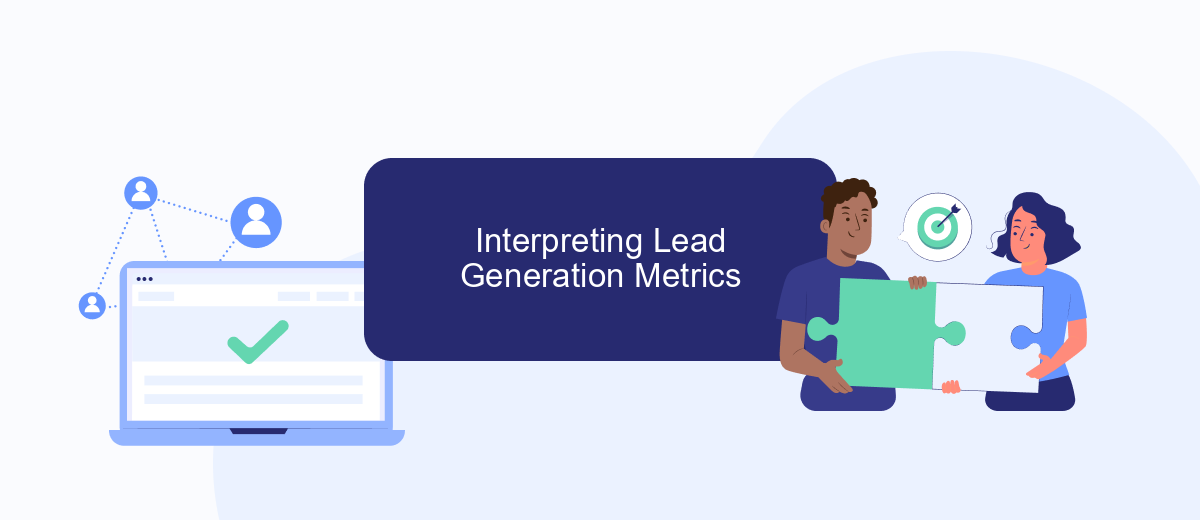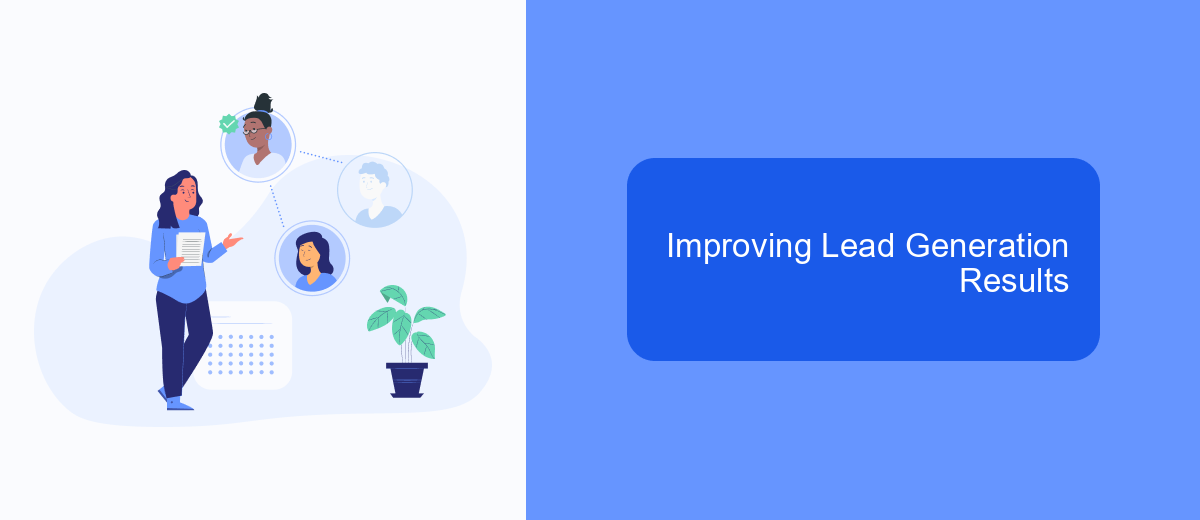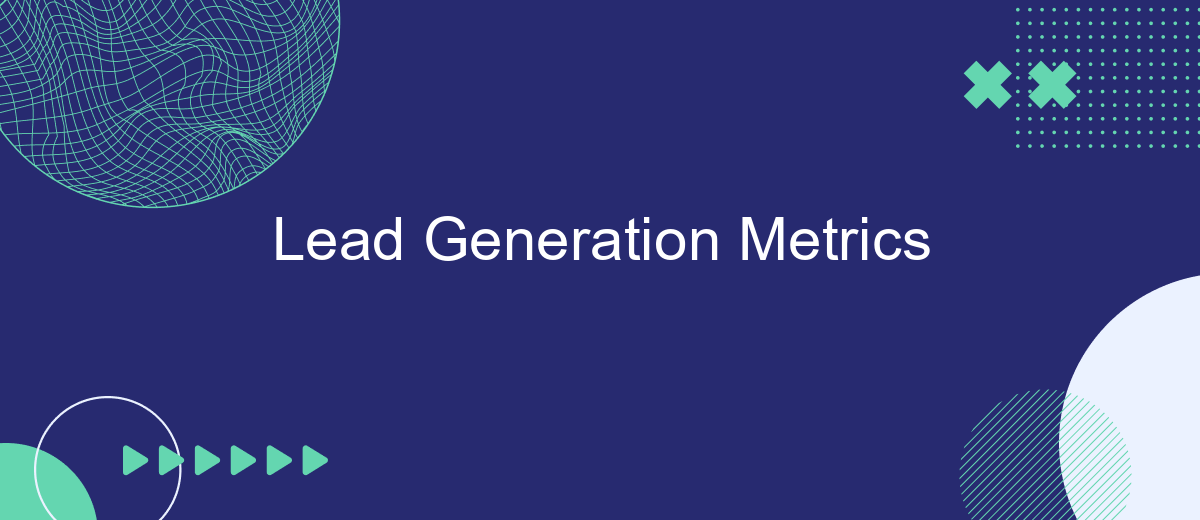Lead generation is a crucial aspect of any successful marketing strategy, as it directly impacts a company's ability to attract and convert potential customers. Understanding and analyzing lead generation metrics is essential for optimizing efforts and maximizing ROI. In this article, we will explore the key metrics that can help businesses measure and improve their lead generation performance.
Lead Generation Metrics Overview
Lead generation metrics are essential for evaluating the effectiveness of your marketing strategies and campaigns. By tracking these metrics, businesses can identify successful tactics and areas that need improvement. Here are some key metrics to consider:
- Conversion Rate: The percentage of leads that convert into customers.
- Cost per Lead (CPL): The amount of money spent to acquire a single lead.
- Lead Quality: A measure of how likely a lead is to convert into a customer.
- Time to Conversion: The average time it takes for a lead to become a customer.
- Lead Source ROI: The return on investment from different lead generation channels.
Utilizing tools and services like SaveMyLeads can streamline the process of tracking these metrics. SaveMyLeads automates the integration of lead data from various sources, allowing for real-time analysis and more efficient lead management. This ensures that businesses can make data-driven decisions to optimize their lead generation efforts.
Quantifying Lead Generation Success

Quantifying lead generation success involves tracking and analyzing key metrics that provide insights into the effectiveness of your marketing strategies. Key performance indicators (KPIs) such as conversion rates, cost per lead (CPL), and return on investment (ROI) are essential for understanding the value generated from your lead generation efforts. By regularly monitoring these metrics, businesses can make data-driven decisions to optimize their campaigns and improve overall performance.
Integrating various marketing tools and platforms can streamline the process of tracking these KPIs. Services like SaveMyLeads facilitate seamless integration, allowing businesses to automatically transfer leads from multiple sources into their CRM systems. This not only saves time but also ensures that all relevant data is captured accurately for comprehensive analysis. By leveraging such integrations, companies can gain a holistic view of their lead generation success and make informed adjustments to their strategies.
Interpreting Lead Generation Metrics

Interpreting lead generation metrics is crucial for understanding the effectiveness of your marketing strategies and making informed decisions. By analyzing these metrics, businesses can identify areas of improvement and optimize their lead generation efforts.
- Conversion Rate: This metric measures the percentage of leads that convert into customers. A higher conversion rate indicates more effective lead generation strategies.
- Cost Per Lead (CPL): This metric calculates the cost associated with acquiring each lead. Lower CPL suggests more efficient use of marketing budget.
- Lead Quality: Assessing the quality of leads helps in understanding how well the leads match your target audience. High-quality leads are more likely to convert.
- Lead Source: Identifying which channels are generating the most leads can help allocate resources more effectively.
Using tools like SaveMyLeads can streamline the process of integrating and analyzing lead data from various sources. This helps in maintaining accurate and up-to-date metrics, allowing for better decision-making and more effective lead generation strategies.
Improving Lead Generation Results

Improving lead generation results requires a multi-faceted approach that focuses on optimizing various aspects of your strategy. Start by analyzing your current metrics to identify areas that need improvement, such as conversion rates, lead quality, and engagement levels.
Next, consider refining your content and communication strategies. Tailor your messaging to address the specific needs and pain points of your target audience. Use A/B testing to determine which messages and formats resonate most effectively with your leads.
- Utilize advanced analytics tools to track and measure performance.
- Implement automation systems to streamline lead nurturing processes.
- Integrate CRM and marketing platforms to ensure seamless data flow.
- Leverage services like SaveMyLeads to automate lead data integration across various platforms.
By continuously monitoring and adjusting your tactics, you can enhance your lead generation efforts and achieve better results. Remember, the key to success lies in staying agile and responsive to the ever-changing market dynamics and lead behaviors.
Best Practices for Lead Generation Measurement
To effectively measure lead generation, it's essential to establish clear and specific metrics. Begin by defining your key performance indicators (KPIs) such as conversion rates, cost per lead, and lead quality. Regularly monitor these metrics to identify trends and areas for improvement. Utilize tools and platforms that offer comprehensive analytics to gain deeper insights into your lead generation efforts.
Integrating your lead generation tools with your CRM system can streamline the measurement process. Services like SaveMyLeads can automate the transfer of leads from various sources directly into your CRM, ensuring data consistency and accuracy. This integration allows for real-time tracking and analysis, enabling you to make informed decisions quickly. By leveraging these best practices, you can optimize your lead generation strategy and achieve better results.


FAQ
What are the most important metrics to track in lead generation?
How can I improve my lead conversion rate?
What is a good cost per lead (CPL)?
How do I measure lead quality?
How can I automate lead generation and tracking?
Use the SaveMyLeads service to improve the speed and quality of your Facebook lead processing. You do not need to regularly check the advertising account and download the CSV file. Get leads quickly and in a convenient format. Using the SML online connector, you can set up automatic transfer of leads from Facebook to various services: CRM systems, instant messengers, task managers, email services, etc. Automate the data transfer process, save time and improve customer service.
